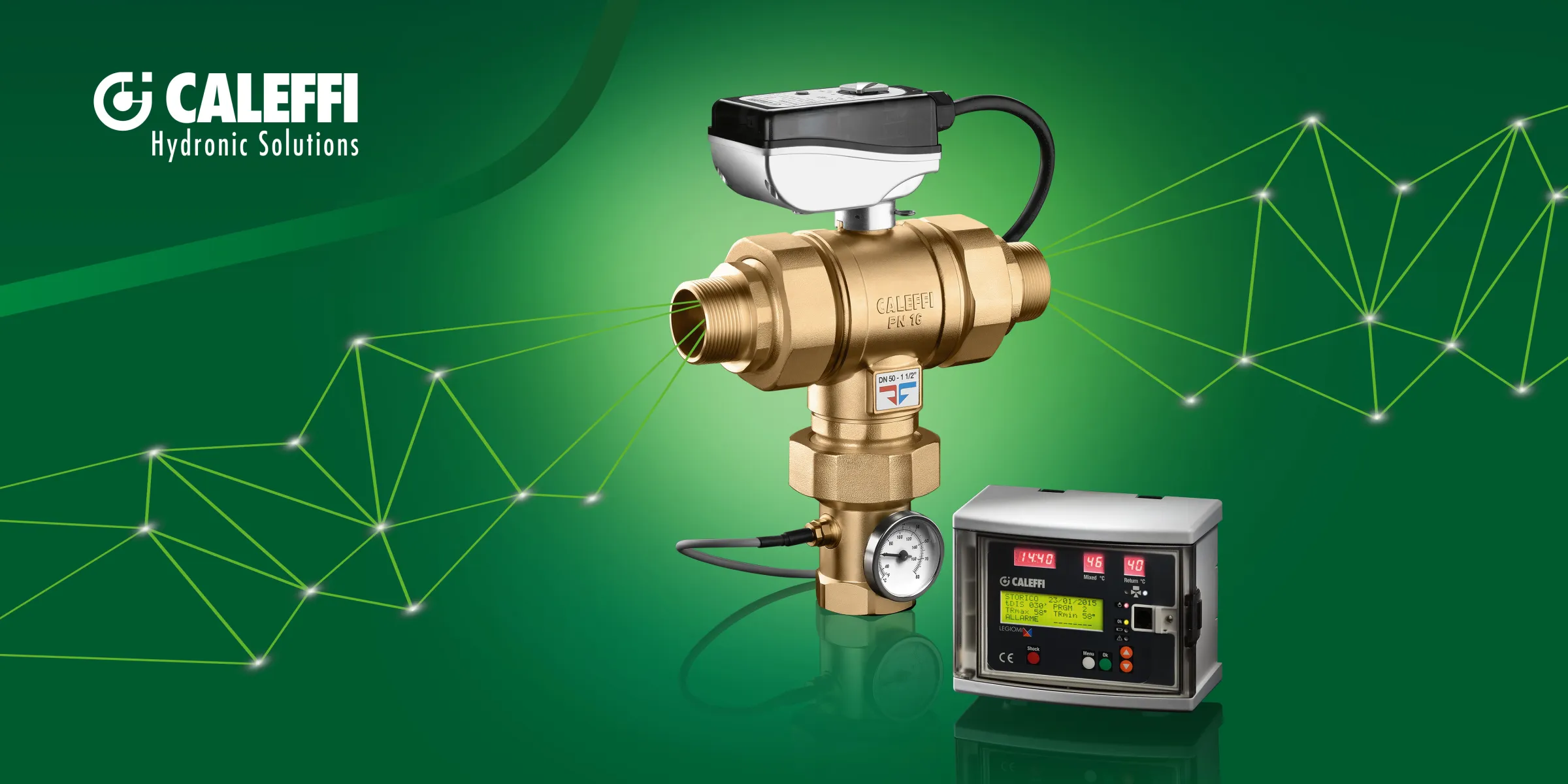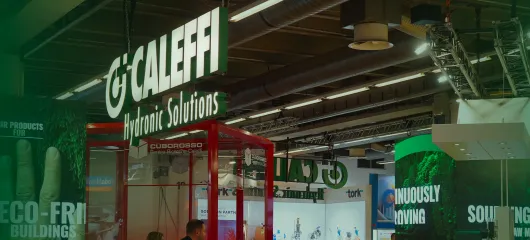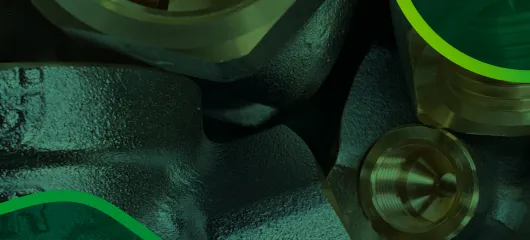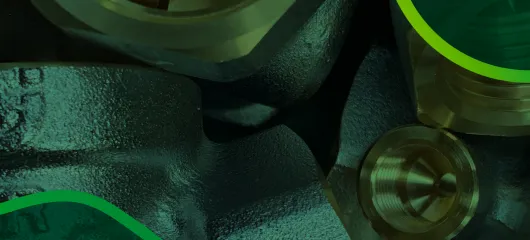Disinfection against the risk of Legionnaires’ disease
Our health depends on water. And if water isn’t safe, neither are our daily habits. It is a matter of responsibility and ethical choices. This is closely linked to the concept of taking care of ourselves and others. It is now more necessary than ever before and we, at Caleffi, want to be able to contribute to achieving these noble goals.
After many facilities all around the world had to shut down due to the COVID-19 pandemic, domestic water systems now have restarted, and accurate checks are needed in order to minimise the risk of virus and bacterial growth in domestic water.
One of the greatest risks is the spread of Legionella bacteria.
Caleffi suggests carrying out a risk assessment, as do the European guidelines on the subject. Only in this way can the mode of intervention be defined when restarting systems. Now that facilities are reopening after shutting down for a few weeks, it would probably be sufficient to completely discharge the system, flushing it with large amounts of water, and only then start up disinfection treatment systems with chemical dosing, avoiding initial bacteriological analysis. Bacteriological analysis must be conducted after the treatment to check its effectiveness. It is important to bear in mind that before discharging a system completely (especially a large one), the competent authorities must be informed, whether it is discharged before or after disinfection treatments.
Stagnation prevention and periodic thermal disinfection, from the main distribution system to the user, are essential steps for protecting the health of end users.
If the presence of bacteria is detected through bacteriological analysis, appropriate prevention systems, such as thermal disinfection, must be put in place.
For central hot water production and distribution systems for domestic use, a specific type of regulation can be used, called electronic. Its function is to guarantee and maintain the temperature of the domestic hot water stable when there are variations in the temperature and supply pressure of the hot and cold water at the inlet or in the draw-off flow rate.
Our LEGIOMIX® 24 V series 6000 electronic mixing valves are equipped with a special regulator for managing circuit thermal disinfection programs against Legionella, checking that temperatures and thermal disinfection times are actually reached, and reporting any malfunctions or lack of disinfection. All the parameters are updated every day and logged, with temperatures recorded every hour. Depending on the type of system and habits of the user, it is possible to program temperature levels and operation times in the most appropriate manner.
The new feature is the BMS connection
LEGIOMIX® 24 V series 6000 is fitted for remote control with specific transmission protocols such as MODBUS for use in Building Management Systems (BMS). In line with the needs of modern life, homes are getting smarter and smarter and home appliances, air conditioning, lights, entrances and even domestic water systems can now be controlled remotely in order to always keep everything under control.
Which facilities are most at risk?
Central systems in hospitals, residential care homes, sports and shopping centres, hotels (check out Riyadh Airport Marriott Hotel, Jumeirah Resort & Spa and Ilion Beach Hotel case studies), campsites and boarding schools must be controlled. These are all facilities with a large number of users, where people are often exposed to risk.
Here, it is more necessary than ever to control and prevent legionnaires’ disease in a scheduled manner, managing the disinfection times in the best possible way. What would be even better, especially now, is for these systems to be remotely controlled and to be able to continuously record temperatures, ensuring effective operation at all times.
How does our LEGIOMIX® work?
Any further information needed?
Follow our webinar in collaboration with CIBSE UAE next 16th December. Subscribe here.














